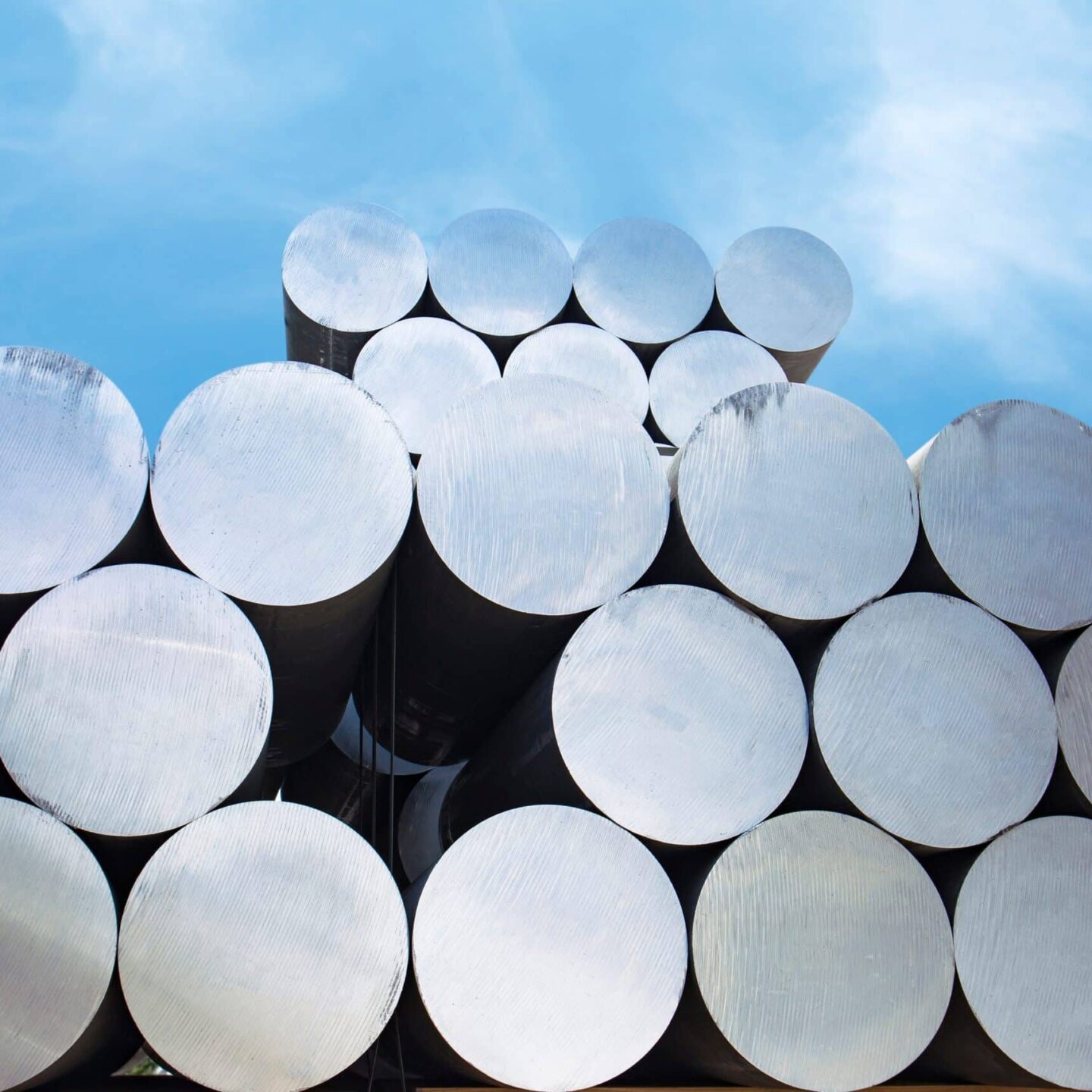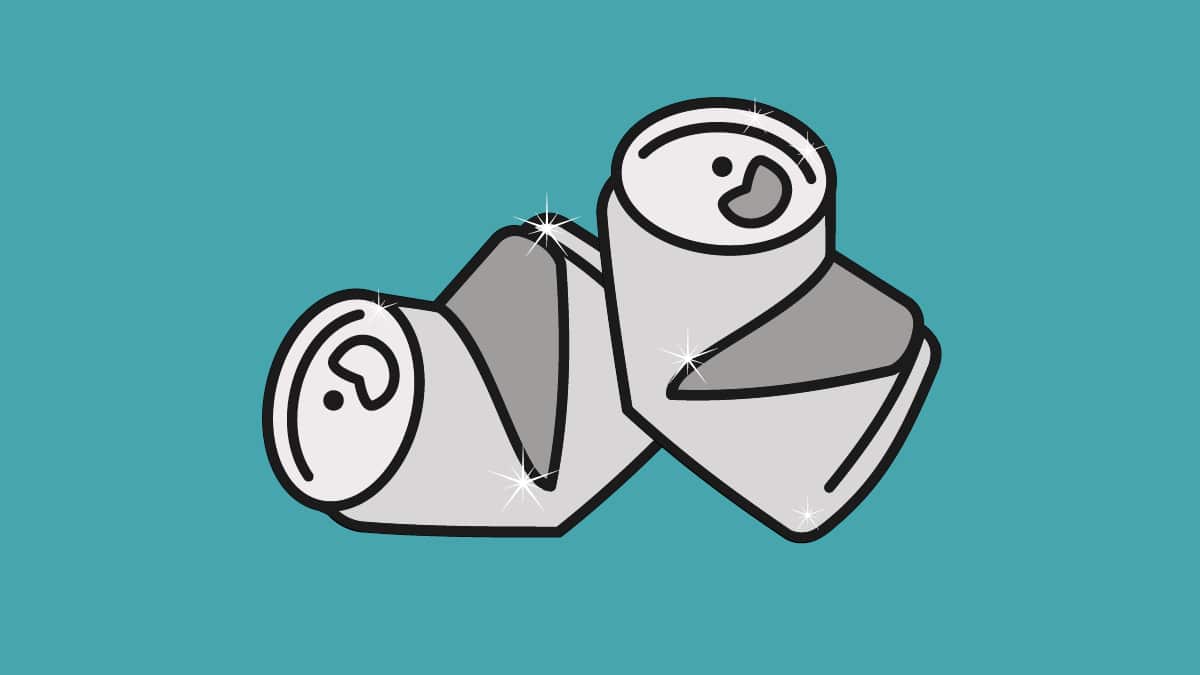Aluminium beverage cans are a true symbol of circularity, endlessly recyclable without losing quality. Our latest fact sheet explores how alloy design, process control and advanced recycling turn used cans back into new ones again and again.
By combining precise metallurgy with efficient scrap sorting and delacquering, metal recovery improves by up to 18%while energy use and emissions fall by around 15%. Each can-to-can cycle cuts the carbon footprint by more than 90% compared with primary aluminium production.
Maintaining tight alloy chemistry ensures every remade can retains the strength, formability and integrity of the original, proof that sustainability and performance can go hand in hand.






